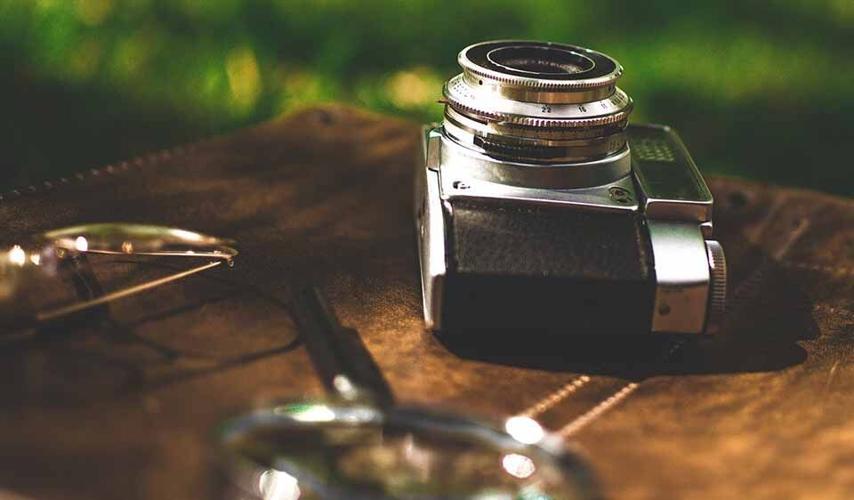
Everyone loves taking photos, but how can you transform your amateur snaps into professional-quality images which will make them extra special? While previously, photo editing could only be done by professionals, these days, it is straightforward to do it yourself. There are various apps and photo editing software that make it super simple to take your photos to another level. The hardest part of photo editing is knowing where to start, as there are so many excellent tools available.
Here is a guide on how to get started to help all the newbie photo editors out there.
1. Choose the Best Editing Software
The first thing you will need to do when you start your photo editing journey is to choose the best software. There are many excellent programs for editing your work, and so you must take some time selecting the right one for you. Most photo editing software will have the same technical tools, such as cropping and contrast control, so what you need to test is how user-friendly the different editing software is. There are both paid and free software options available, so subscribe to some trials and see which one you feel most comfortable using.
2. Crop Your Photos
Once you have chosen your software, it's time to get down to the nitty-gritty of photo editing! The first step in editing is always cropping, as it enables you to get rid of unwanted stuff at the edges of your photo. It's just like trimming a photo's advantages to fit better into a photo frame or a wallet. You may want to crop out other people in a picture of your family or use cropping to recenter your subject better. The difference that cropping alone can make to a photograph is enormous and should always be done before any other edits are made. You can also crop your photo to change its aspect ratio. This is the photo's height and width, and there are many standard sizes that editing software will help you create, like a passport photo, a Facebook cover image, or an Instagram-ready frame.
3. Resize Your Image
After you have cropped your photo just as you want it, the next thing you should look at is resizing the digital image. This is important as modern digital cameras are so powerful that they take photos with millions of pixels. This can make the image file huge, which will limit your upload and storage options. When you upload a photo to some platforms like Facebook, they will automatically resize it to their preferences, but the quality will also be adjusted simultaneously. To maintain your photo's quality but change the size to upload it to a specific place, it is always better to resize it yourself on your editing software.
4. Edit the Exposure
Exposure is all about how light or dark your photo looks after it has been taken. We have all pointed and clicked at a scene that seemed perfectly lit until you later looked at the picture to find that you can barely see anything. Professional photographers are experts at getting the exposure right at the moment of capture, even if they need help sometimes, and all the best editing software will have an exposure tool. There are usually five exposure adjustments that you can make: highlights, shadows, brightness, contrast, and fill light. By playing around with these, even as a total beginner, you will be able to dramatically change the lighting of all your favorite photos and capture the original subject.

5. Sharpen Your Images
Sharpening your images will significantly improve their clarity and make all the edges in the photos ultra-clear. Most editing programs will have a manual sharpening tool allowing you to choose the elements you want to accentuate and an auto sharpening tool that will do the work for you across all the edges in the photo. When it comes to sharpening, it is vital to know when to stop. Pixelation and a grainy look are common side effects of being overzealous with the sharpening tool.
Photo editing is a great skill to have, and with modern photo editing software, it has never been easier to create professional-level photographs. It is all about choosing the right software and spending the time to play around and get comfortable using the different tools. The learning process is a lot of fun, and it takes a little trial and error to see what works. Follow this simple guide and start your editing journey today!



(0) comments
We welcome your comments
Log In
Post a comment as Guest
Keep it Clean. Please avoid obscene, vulgar, lewd, racist or sexually-oriented language.
PLEASE TURN OFF YOUR CAPS LOCK.
Don't Threaten. Threats of harming another person will not be tolerated.
Be Truthful. Don't knowingly lie about anyone or anything.
Be Nice. No racism, sexism or any sort of -ism that is degrading to another person.
Be Proactive. Use the 'Report' link on each comment to let us know of abusive posts.
Share with Us. We'd love to hear eyewitness accounts, the history behind an article.